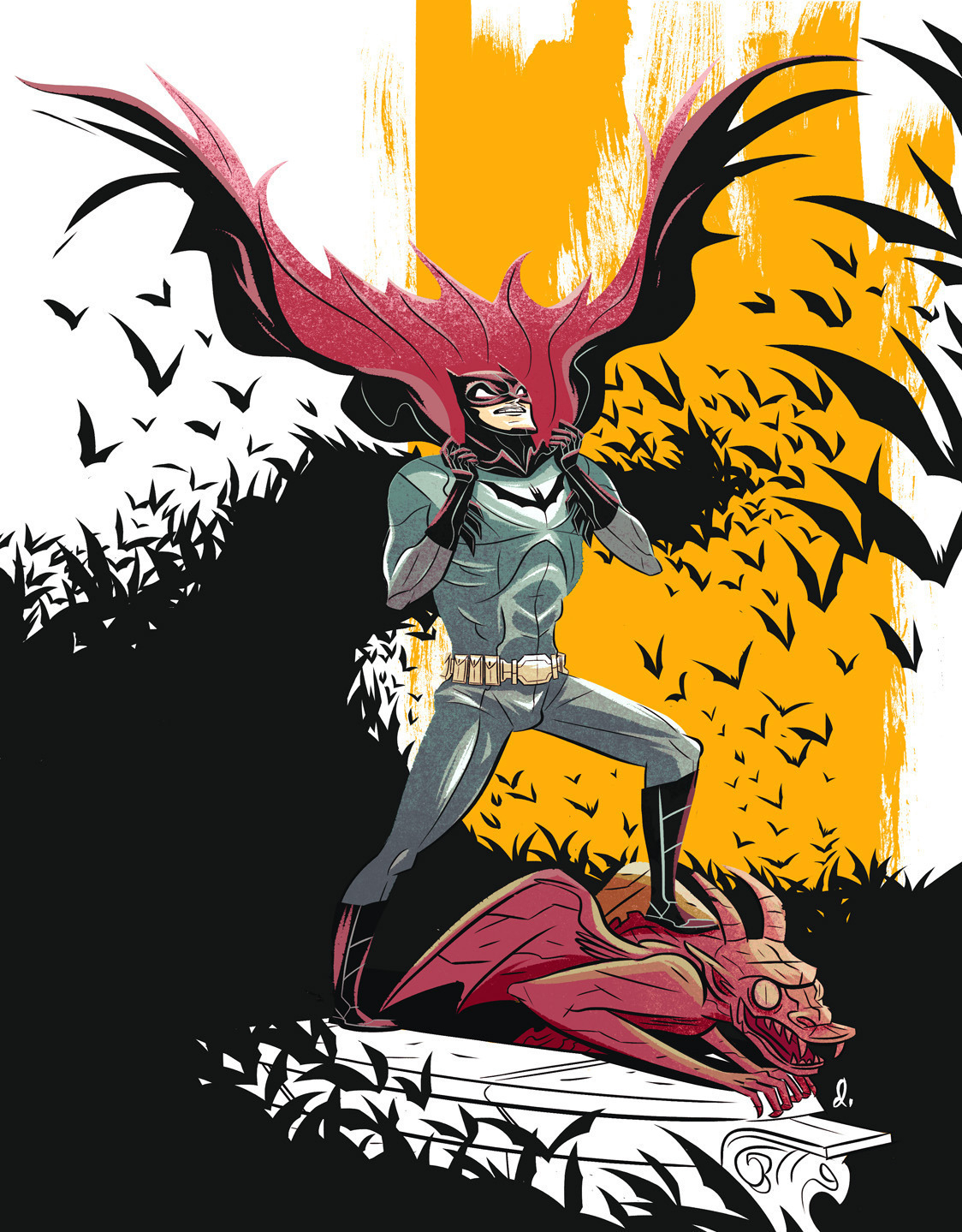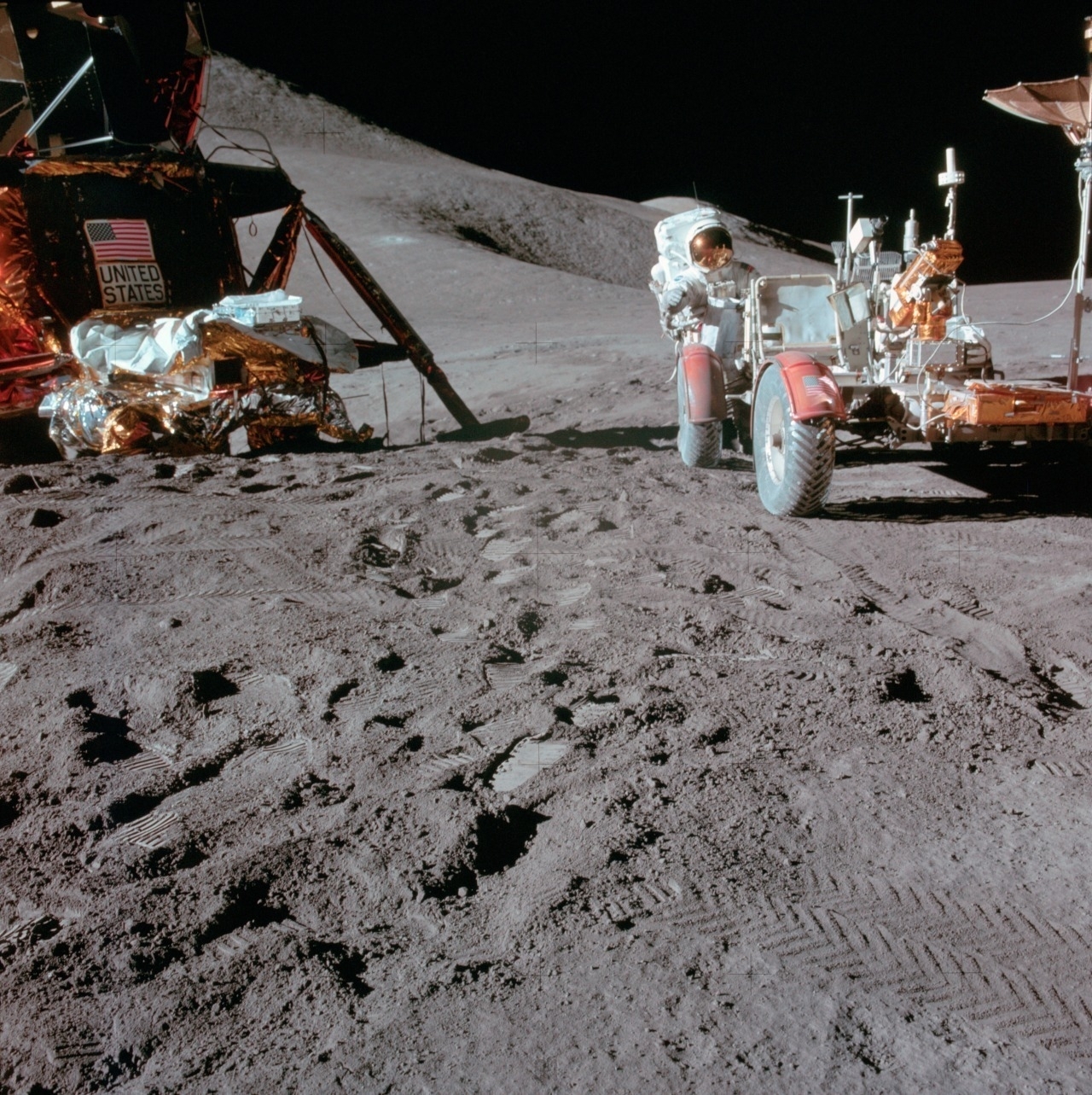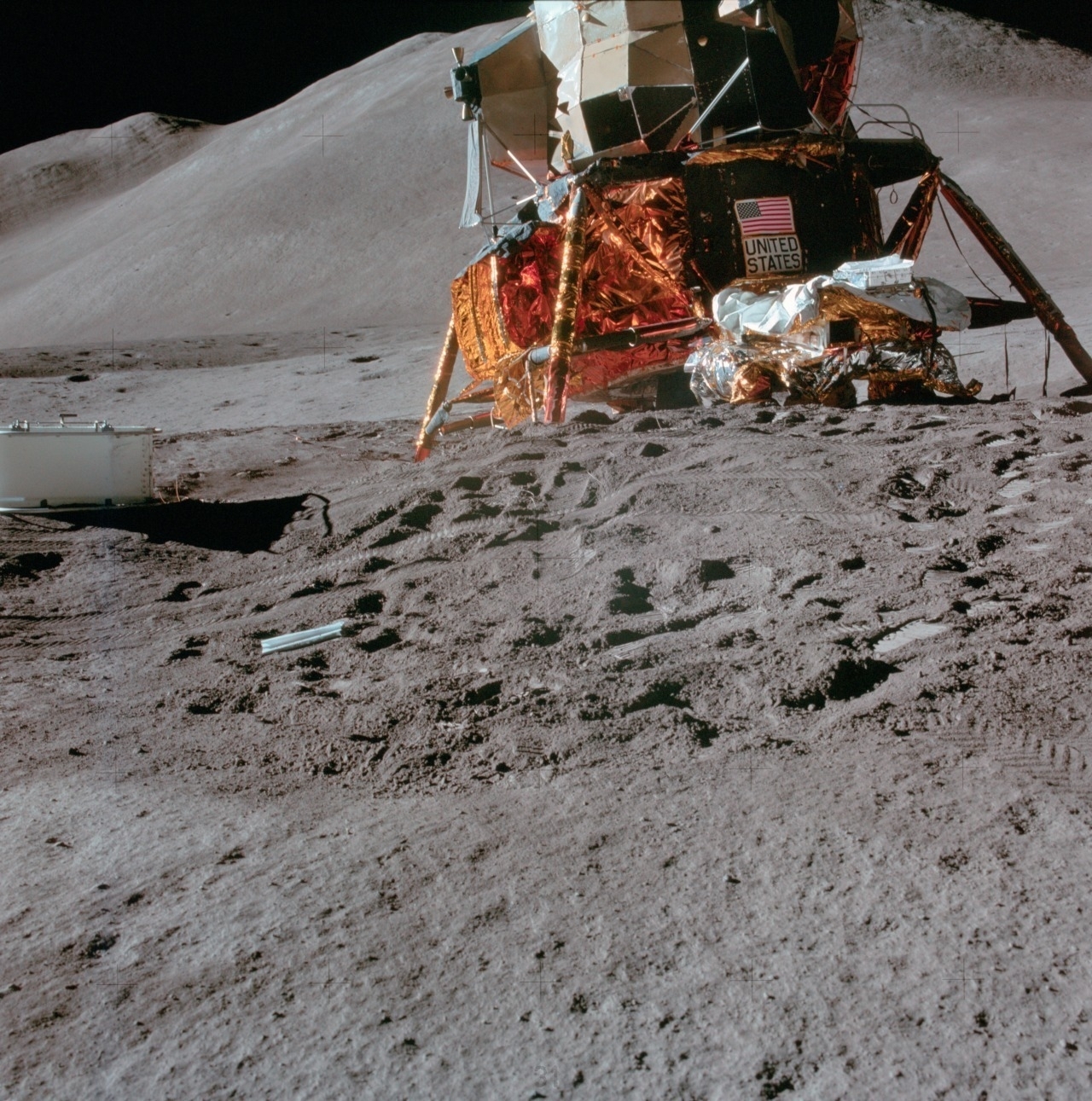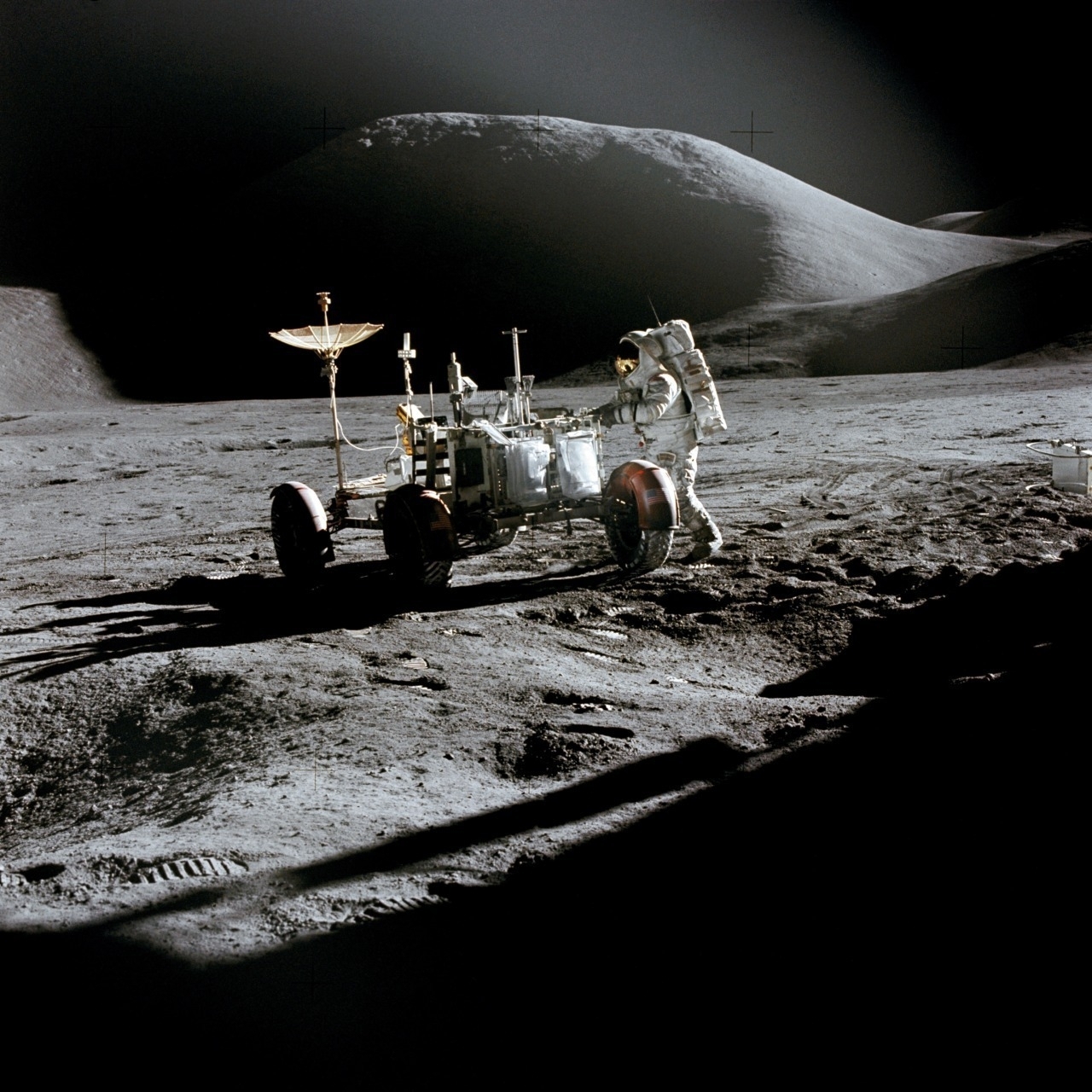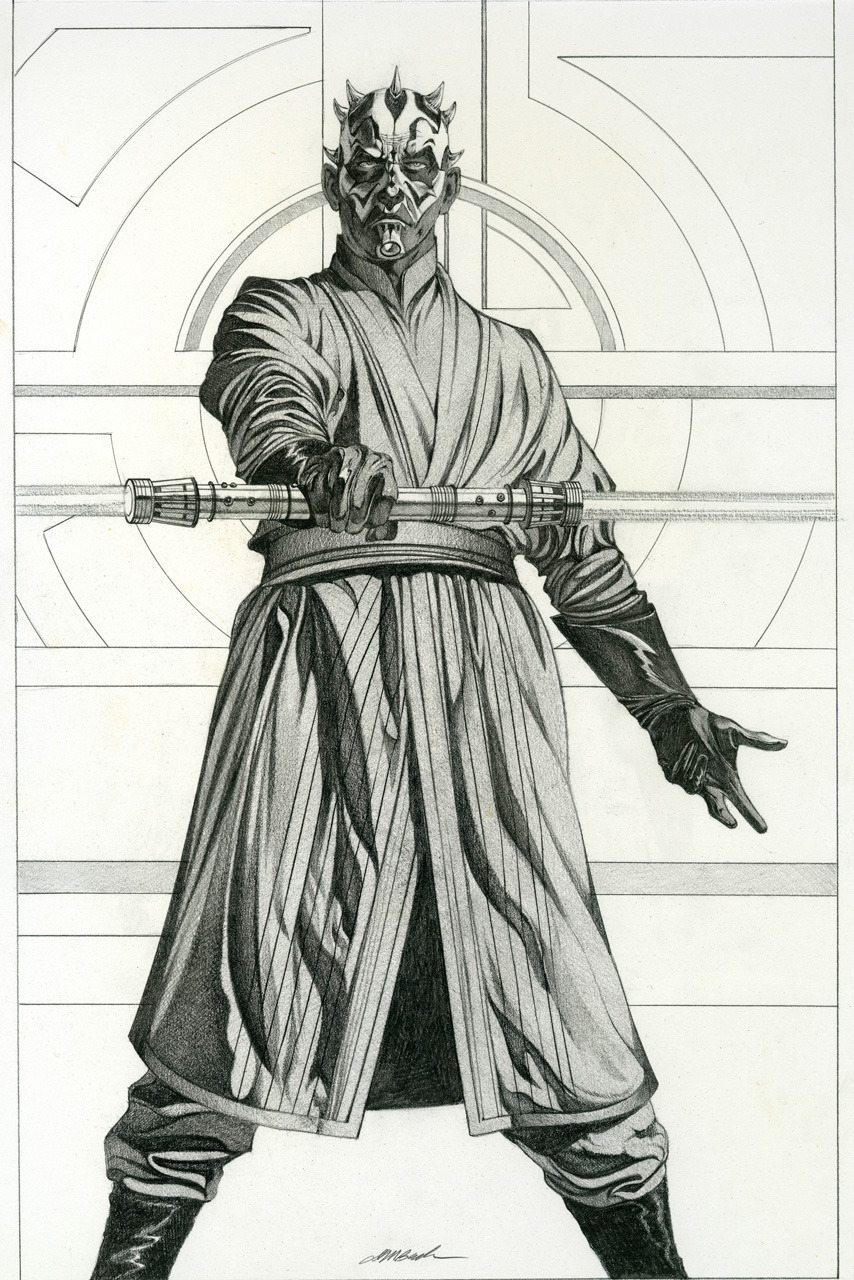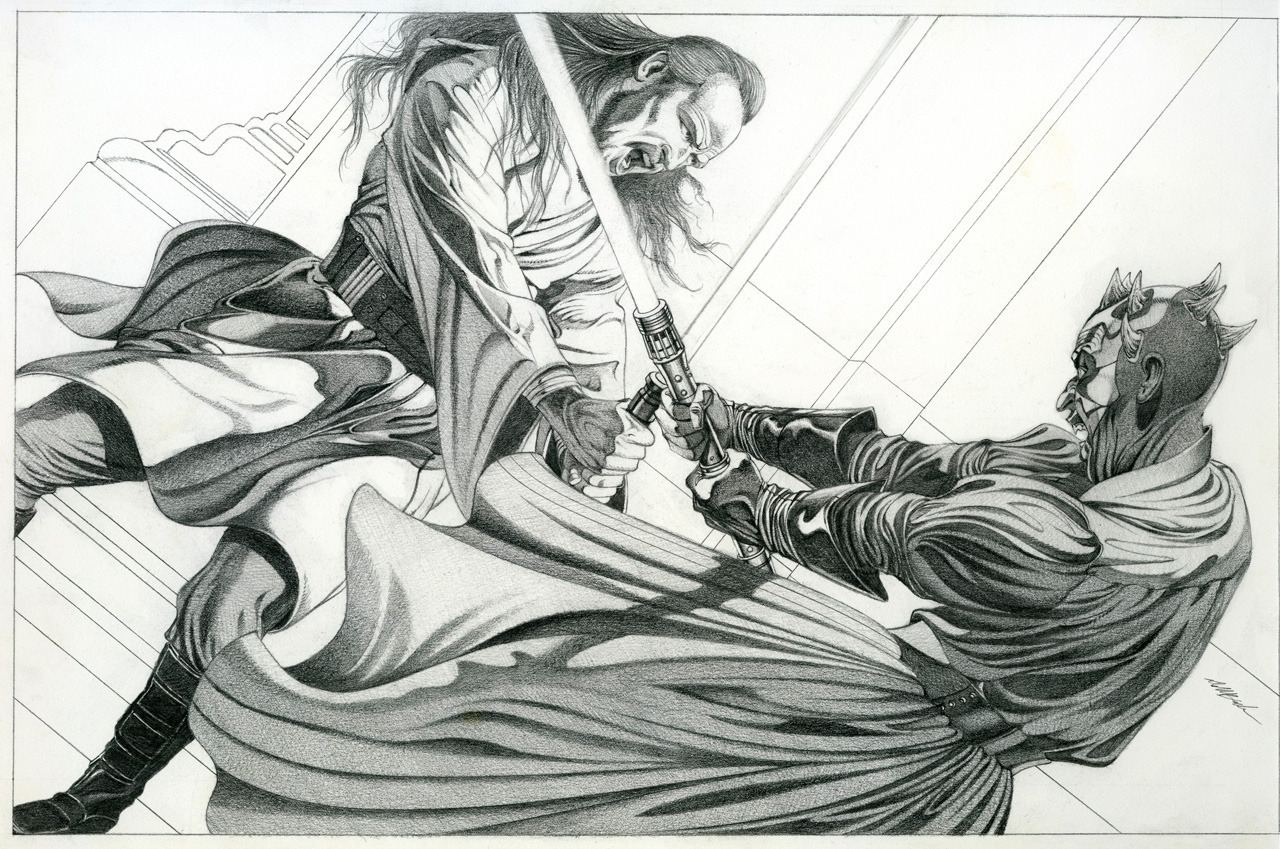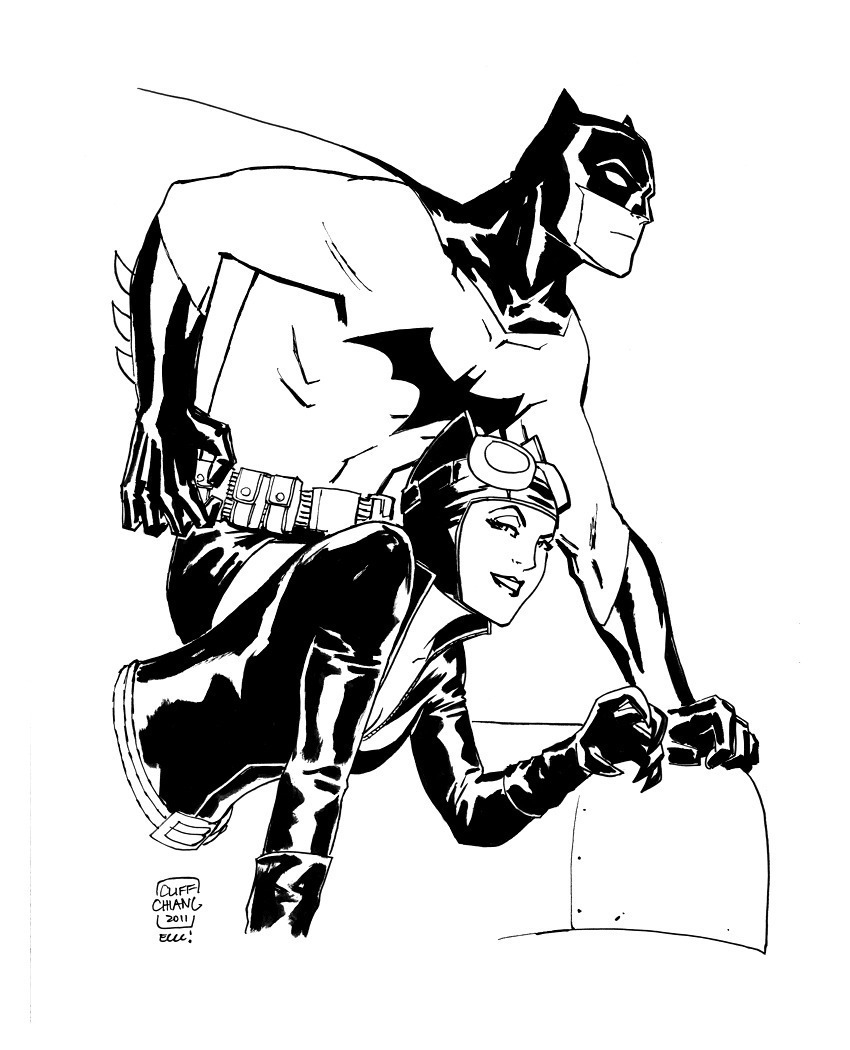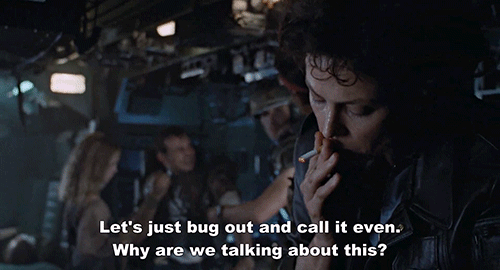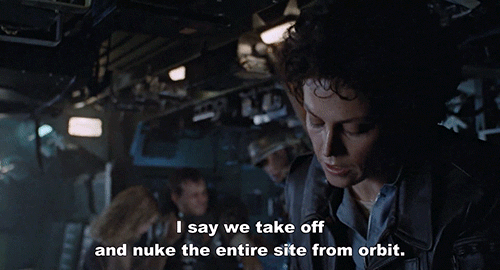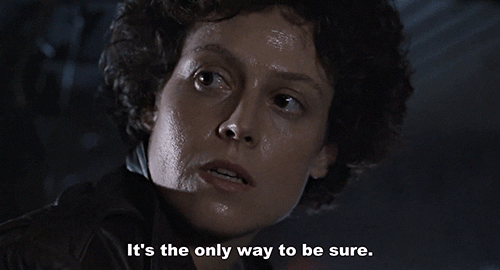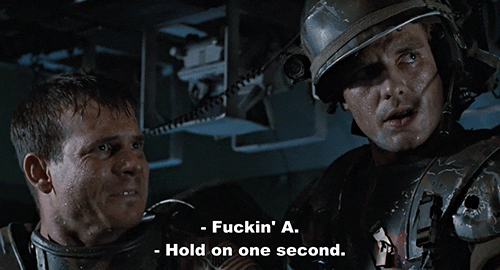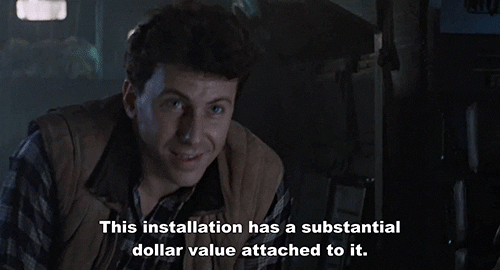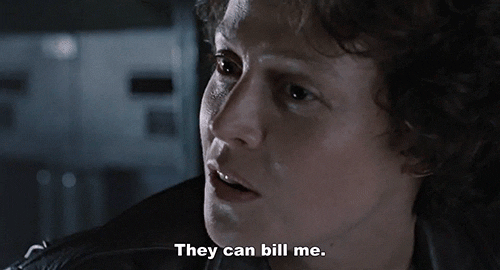Tumblr
Help us put together care packages for deployed US troops fighting for us.
Yep, many are still deployed and in harm’s way.

The Hellboy robot? I’d pay for a figurine/statue of that one. Incredible work.

BatDad Is Back with His Seventh Compilation of Funny Vine Videos
The scene with the kids all on the couch? I was crying.
What a brilliant pairing. I found myself smiling the entire time the two ladies were together.
This fighting tauntaun concept was created as nose art for a Republic ship used in The Clone Wars.
Awesome.

[youtube www.youtube.com/watch
There’s hope for the rest of us! Even Jedi Masters flub their lines…
Because who doesn’t like seeing Hayden Christensen fall down?
[vimeo 89298972 w=250 h=141]
Quick 4, A Workout App Based on the Tabata Regimen Originally Used by Japanese Olympic Athletes
Your 7-minute workout takes too long.
I’d love to be run over by this stampede over and over again :)
I love this!!
You need Corgi puppy cuteness. Yes, you do.

[youtube www.youtube.com/watch
There are a lot worse ways to spend 16 minutes than watching this. Father John Mistry’s cover of “Baby Ride Easy,” recorded as a duet by Johnny and June, is beautiful.
Astro City: A Visitor’s Guide, December 2004, cover by Alex Ross
One of those great comics where the story was as good as the artwork.
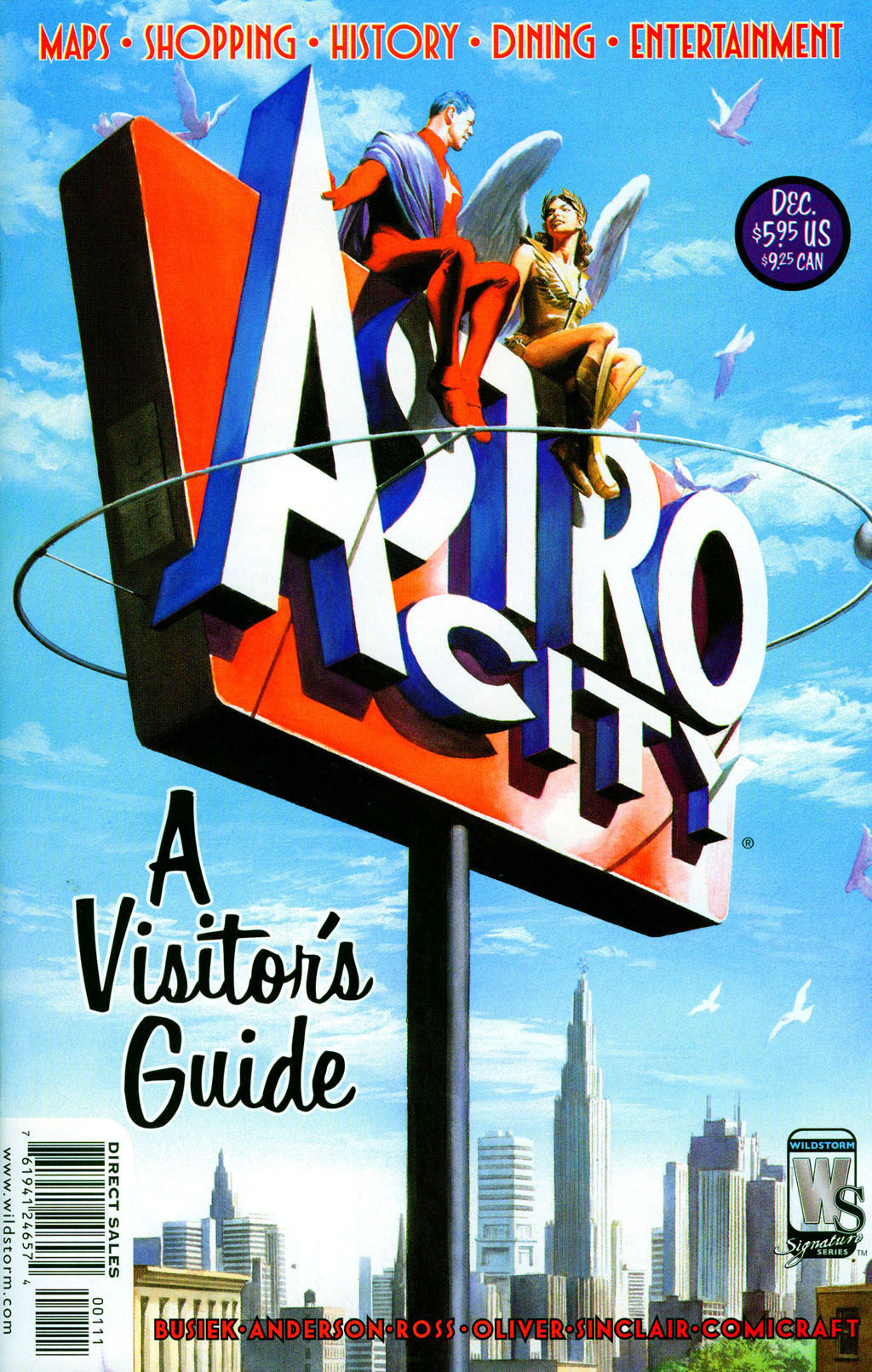
My hunny bunny made bunny butt cookies for our youngest’s birthday party tomorrow.


